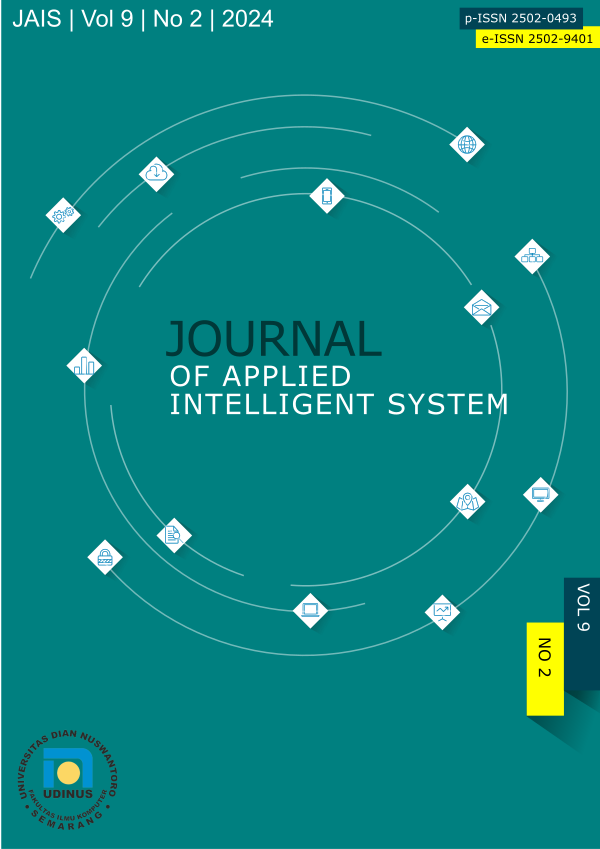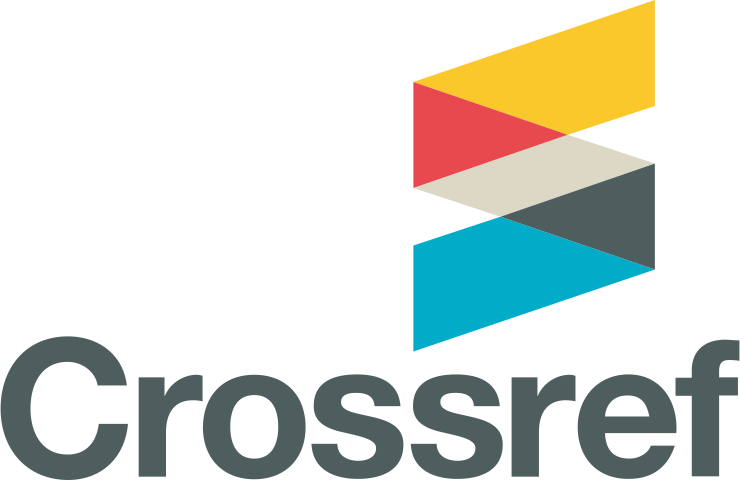Analysis of K-Nearest Neighbor (KNN), Naive Bayes ands Decision Tree C4.5 Algorithm With Classification Method In Breast Cancer Using RapidMiner
DOI:
https://doi.org/10.62411/jais.v9i2.11242Abstract
Breast cancer is cancer that forms in the cells of the breast. It is the most common cancer in women and the leading cause of cancer deaths in women worldwide. Breast cancer is usually divided into two types: benign, or usually called benign and malignant, or usually called malignant. Benign cancers are usually characterized by small, round, tender lumps. In the fields of medicine, finance, marketing, and social science, data mining is a popular tool for performing proven analysis. This study will compare K-Nearest Neighbor (KNN), Naive Bayes, and Decision Tree C4.5 approaches for classifying breast cancer. The problem of this research is which algorithm has a high level of accuracy that can be used with breast cancer datasets and can provide information about patterns or models for early detection of breast cancer. The results of the research conducted using CRISP-DM show that K-Nearest Neighbor (KNN) has the highest accuracy value with 97.14% and its AUC value is 0.976. The AUC value also showed excellent classification, with an AUC value between 0.90 and 1.00.Downloads
Published
2024-11-23
Issue
Section
Articles
License
Copyright (c) 2024 Muhammad Iqbal

This work is licensed under a Creative Commons Attribution-NonCommercial 4.0 International License.
- Authors retain copyright and grant the journal right of first publication with the work simultaneously licensed under a Creative Commons Attribution License that allows others to share the work with an acknowledgment of the work's authorship and initial publication in this journal.
- Authors are able to enter into separate, additional contractual arrangements for the non-exclusive distribution of the journal's published version of the work (e.g., post it to an institutional repository or publish it in a book), with an acknowledgment of its initial publication in this journal.
- Authors are permitted and encouraged to post their work online (e.g., in institutional repositories or on their website) prior to and during the submission process, as it can lead to productive exchanges, as well as earlier and greater citation of published work (See The Effect of Open Access).









